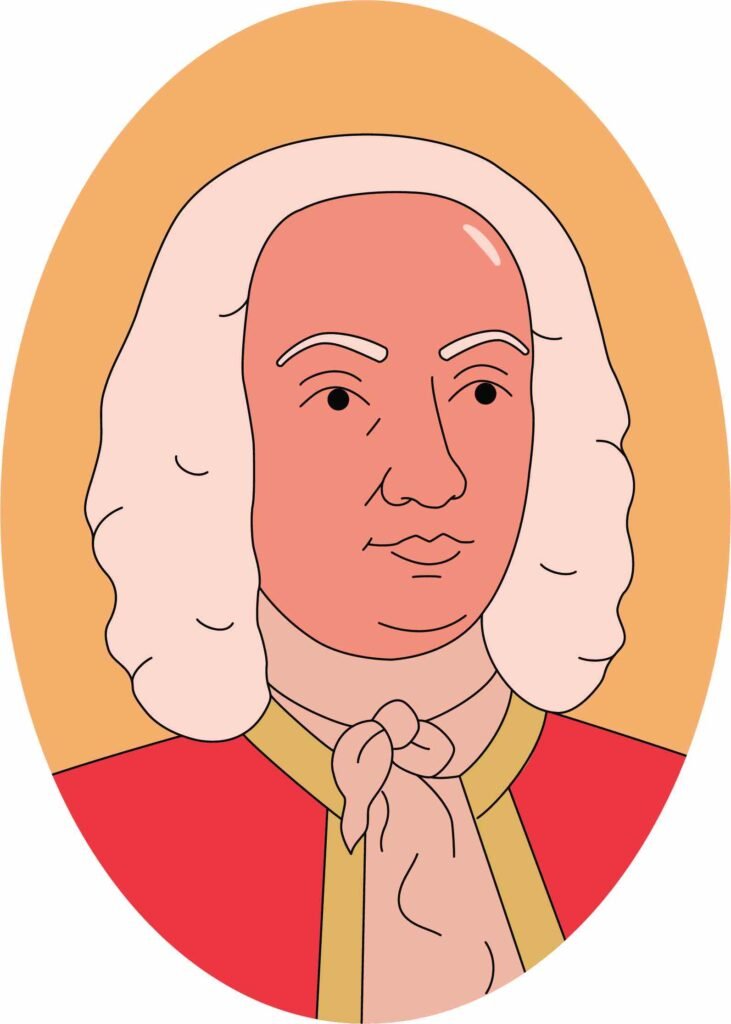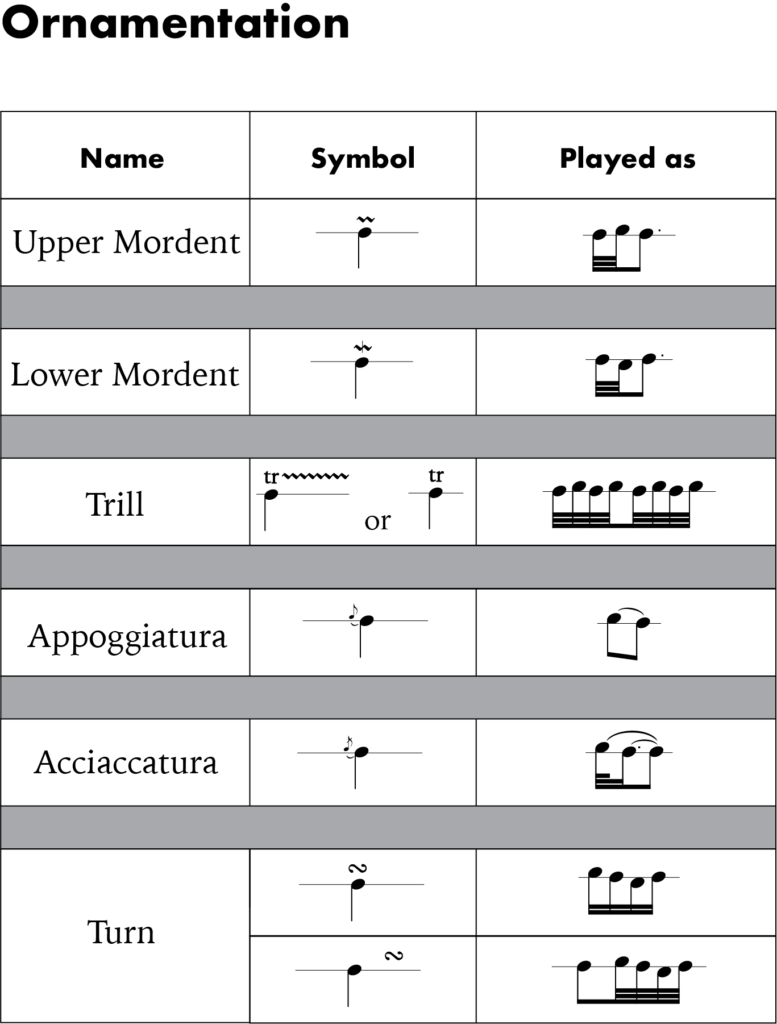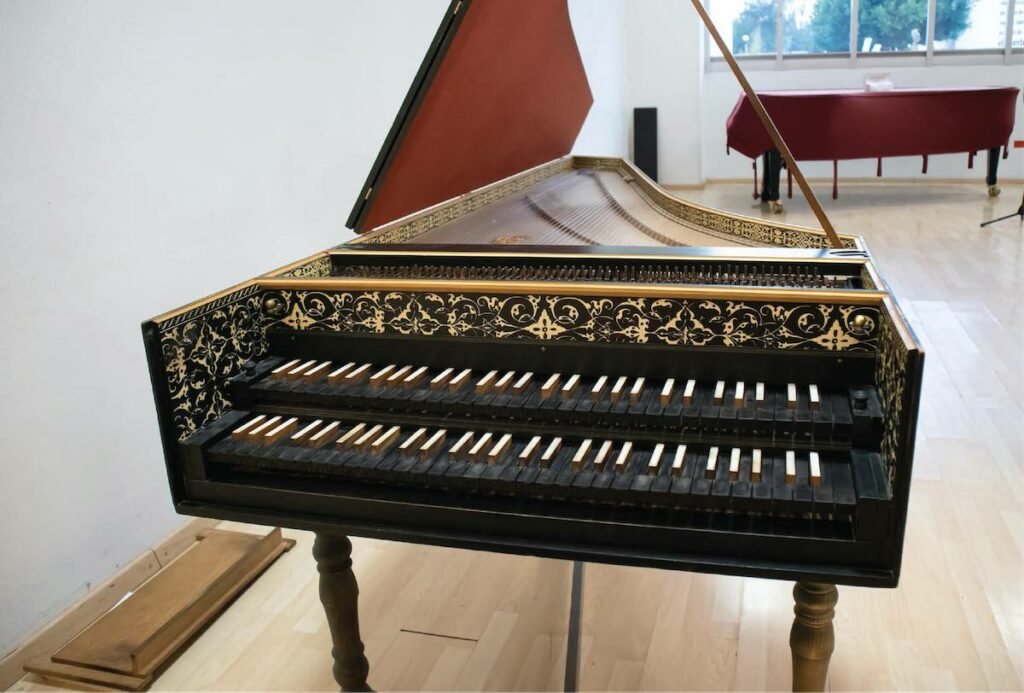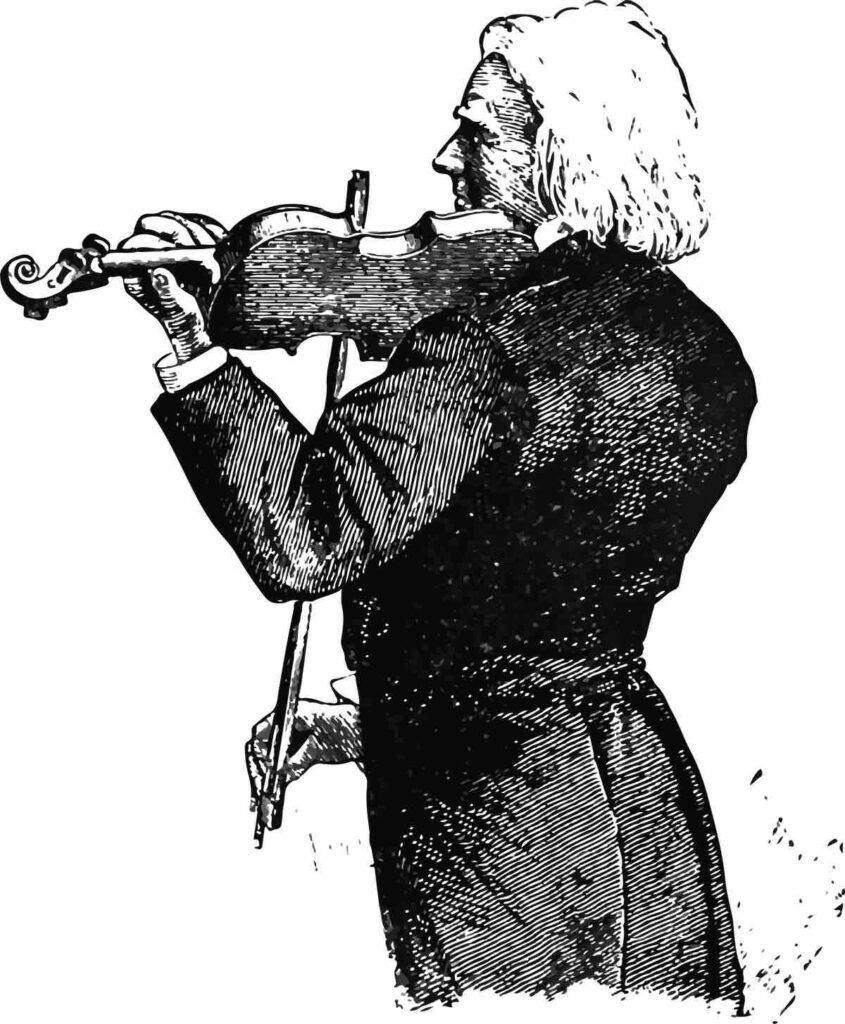The baroque period is an era of music history. It is one of the earliest periods of music, just after the renaissance period. The term baroque was not only used to describe music but also used to describe baroque sculpture, baroque art and the elaborate architecture of the time.
The word baroque is derived from the Portuguese word ‘Barroco’ which literally translates as ‘oddly shaped pearl’. Although comparing music of the time to an oddly shaped pearl main seem strange to us today, it was actually a compliment! This term was used to describe the decorative nature of music and art from that time.
About the Baroque Music Period
The baroque period term is used to describe music from the seventeenth century, roughly from 1600-1750. The baroque period occurred after the renaissance period but before the classical period of music.

A Brief History of Baroque Music
Baroque music began in Italy and gradually spread throughout Europe.
Italian composers were the first composers to begin evolving the music from the renaissance period by expanding the harmonies and ornamentation. Famous composers from this time included Scarlatti, Corelli and Monteverdi.
The last and probably the most famous Italian composer from this era was Vivaldi – heard of the four seasons?

Baroque music expanded from Italy into the rest of Europe and began to influence composers in many countries. The English composer Purcell and the French composers Rameau and Lully really got on board with the new style of music, but it was in Germany where the style really took off. Famous composers such as Telemann and Pachabel (you’ve heard of pachabels canon right?). But most famous of all would be the composers Bach and Handel (although Handel was German, he did spend most of his career in the UK).
However, when we think of Baroque music, it is Bach who springs to mind first. Bach helped shape and define this period of music and so it is no surprise that the Baroque period is considered finished when Bach dies.

Baroque Period Musical Forms
Baroque music began to expand the variety of musical forms previously used in the Renaissance period. The baroque music forms we started to see are the prelude and fugue, the cantata, the concerto, the oratorio and also the opera.
Opera
Opera was a very new musical form that had never been seen before. In the baroque period, composers were drawn in by the drama of the opera! An opera alternates between recitative (speech like song), aria, choruses and dances. One of the earliest operas was Monteverdi’s ‘Orfeo’, which written in 1607. Monteverdi was an opera composer that was one of the first composers to use this genre. The subjects of these early operas were most commonly based around greek mythology.
Oratorio
An oratorio was another popular form in the baroque era. The oratorio was similar to an opera, in that it was an extended musical drama, but the difference being this was a piece of sacred music ( based on religious themes or text). The renaissance period gave rise to this musical form, through previous music forms such as the motet and madrigal. But the oratorio didn’t actually emerge until the seventeenth century. Some of the most famous composers associated with this genre are Scarlatti and Vivaldi, but Handel popularized this genre the most, you may recognise the work ‘Messiah’!
Cantata
The cantata was another new musical form from the Baroque period. The cantata was an extended piece that was simply a succession of recitatives, arias, duets and choruses. The cantata was a secular work, meaning that it was non religious.
Sonata
We also saw many sonatas in the baroque period. A sonata is a work with several movements and will be written for one or more instruments. Telemann, Bach and Handel wrote many sonata. The trio sonata was a famous sonata from the baroque period and was written from two violins (or other treble instruments) with a basso continuo accompaniment. Some notable composers of the trio sonata are Antonio Vivaldi, Johann Sebastian Bach and George Frideric Handel.
Solo Concerto
The concerto was another famous musical form from the baroque era. Until the late 17th century, a concerto was simply a work that united many different instruments and voices. It wasn’t until the the early 18th century that the concerto started to have it’s modern definition of a work that has a solo instrumentalist and an orchestra. The solo concerto would give the solo instruments the opportunity to show off their instrumental playing techniques. See an example below of one of Vivaldi’s violin concertos.
Concerto Grosso
The Baroque period also had the form Concerto Grosso. The Concerto Grosso is instrumental music that involves two groups of performers, the concertino (or concertante) which is a small group of soloists accompanied by an orchestra which is referred to as the ripeno. Vivaldi, Handel, J.s. Bach and Corelli all wrote Concerto Grosso’s. J.S. Bach’s Brandenburg Concerto was a great example of this.
Suite
The final new musical form from the baroque era was the suite. The suite was the first work that had lots of movements and was instrumental music. By the mid 17th century in Germany the standard sequence of movements in a suite were as follows: allemande, courante, sarabande and gigue. This was very standard, although you may see other dance movements inserted such as the bourse, gavotte and minuet. Bach wrote many suites, see an example below from Johann Sebastien Bach’s suite no.2 for flute.
What made Baroque music different to the Renaissance period?
Baroque music also began to change it’s emphasis which lead to slightly different characteristics than what we saw in the Renaissance period. Before the Baroque period a great amount of the music was vocal music. As we progressed into the Baroque period we started to see more instrumental music. Although Baroque composers did still compose a large amount of vocal music such as cantatas and operas, instrumental music became far more common. Some of the most famous instrumental pieces from the baroque period are Vivaldi’s Four Seasons and Bach’s Brandenburg concertos.
Baroque music also saw a rise in the use of ornamentation. Ornamentations are the embellishments that performers add onto their music to decorate it. These can include trills, mordents, acciaccaturas, appoggiaturas and more. To learn more about these make sure to click here. Ornamentation was a huge feature of not only baroque music but also of baroque sculpture and baroque architecture, all of these are forms were heavily embellished.

The use of basso continuo also became extremely popular in the baroque period. A basso continuo would involve baroque composers simply writing a bass line which would be played by a cello and then underneath this they would write figured bass. The keyboard would then improvise the accompaniment to a piece using this bass line and the figured. bass underneath. The primary keyboard instrument of the baroque period was the harpsichord.

We also started to see a greater use of dynamics. Instruments were now much more advanced and starting to be able to create greater contrasts (although nothing like the instruments we have today). We also started to see a large use of terraced dynamics. This simply meant that if the composer wanted a greater sound then more people would play! And if the composer wanted a quieter sound then less people would play.
Instrumentation within the baroque era also changed. In the renaissance period we saw a huge use of the lute and the viol. Now in the baroque period we started see more of the modern instruments that you would have heard of such as the violin, viola, and cello. However, the strings used in the baroque era were what we call ‘gut strings’. In modern times we use strings that are wrapped in metal but the use of gut strings gave the instruments a much more mellow and sweeter sound. Many woodwind instruments were not yet invented.

Who were the most famous Baroque composers?
Perhaps the most notable composers of the baroque period were German composers, although there are many others you might recognise:
- Johann Sebastian Bach – No other composer represents the baroque period better than Bach. Bach was a German composer and wrote many works duering his lifetime. When he died the baroque perod is considered finished.
- George Frideric Handel – Handel was another famous German composer but he spent most of his life in England. The piece that shot Handel into success was ‘Music for the Royal Fireworks’ which was commissioned by King George II.
- Vivaldi?
Some of the most famous pieces from the baroque period are the Brandenburg concertos and the Four Seasons – take listen below.
Johann Sebastian Bach: Brandenburg Concerto No. 2 in F Major, BWV 1047
Vivaldi: Four Seasons, “Spring”
The Baroque period came to an end in 1750 at the death of Johann Sebastien Bach. The classical period followed the baroque period, and this is when we started to see composers such as Franz Joseph Haydn and Mozart and more. To learn more about the Classical Period, make sure to click here.
What’s next….?
- Learn about music periods with our posts on the Renaissance Period, Classical Period, Romantic Period and 20th Century Period.
